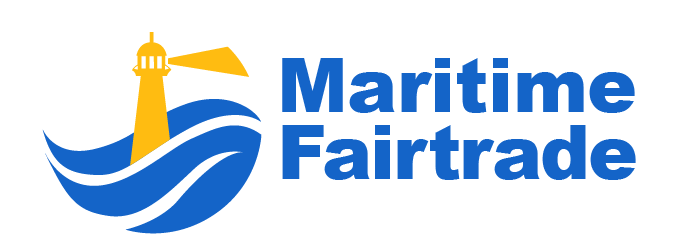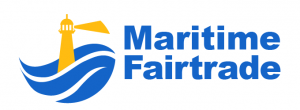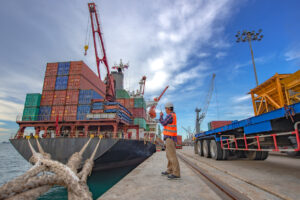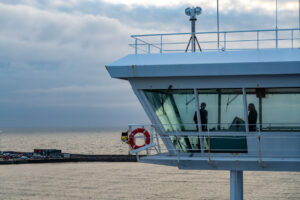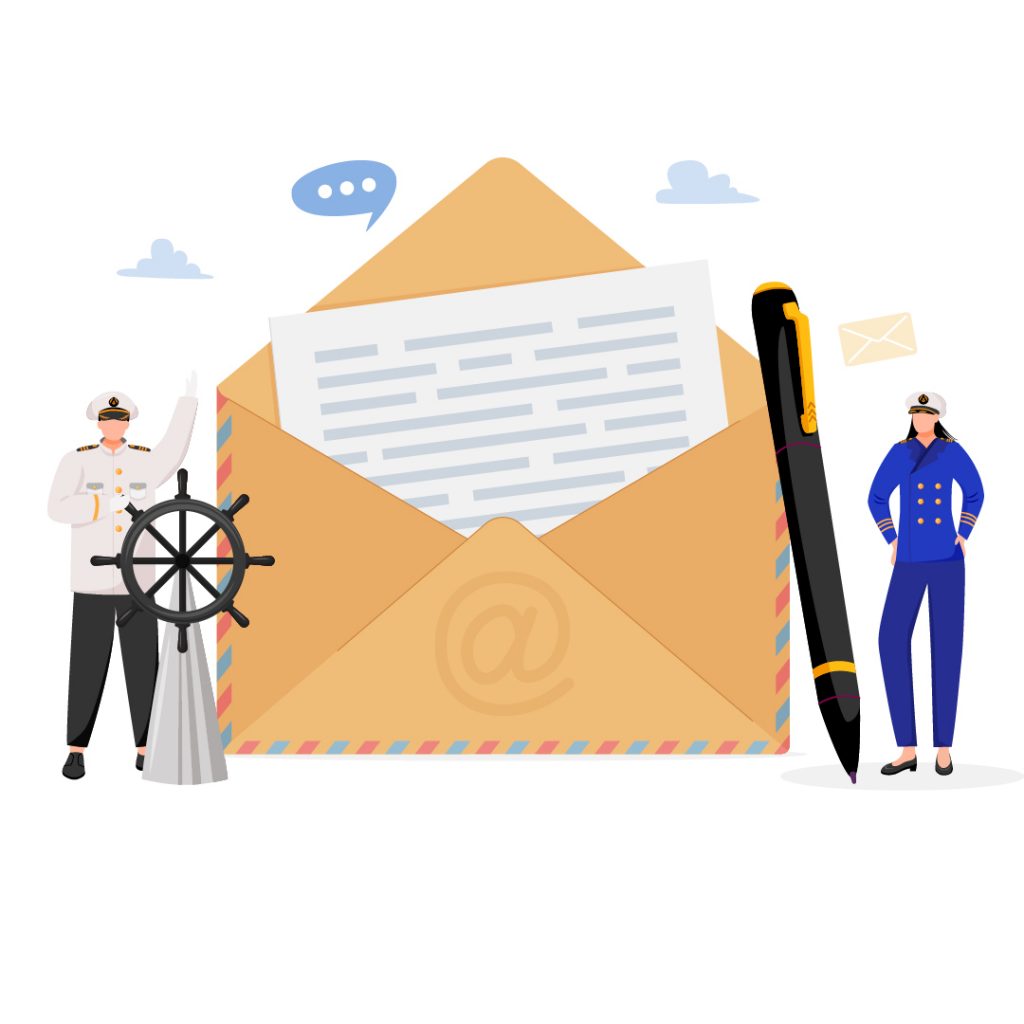The digital twin, a pivotal concept in industrial control and automation systems, is making significant strides across industries, with a notable impact in the maritime sector. Given the prevalence of digital twin technology, individuals with the right skills are in hot demand.
Digital twin shipping and vessel concepts, although not novel, serve as digital replicas of physical objects or systems. The object being studied, for example, a vessel, is outfitted with various sensors related to vital areas of functionality. These sensors monitor and capture data about different aspects of the physical object’s performance, such as energy output, temperature, weather conditions, etc. This data is then relayed to a processing system and applied to the digital copy.
According to International Business Machines (IBM), digital twinning is a technological leap “through the looking glass” into the very heart of physical assets. Digital twins give us a glimpse into what is happening, or what can happen, with physical assets now and far into the future.
In short, creating a digital twin can allow the enhancement of strategic technology trends and prevent costly failures in physical objects by using advanced analytical, monitoring, and predictive capabilities, test processes, and services.
Better vessel design and operation
“Using digital twins for control system software throughout the lifecycle will help to avoid cost, prevent risk earlier, reduce the time for new systems to enter service in the field, improve systems interoperability, and enable superior system performance,” said Bjørn Johan Vartdal, head of the Maritime Transport research programme at DNV GL.
Aside from control system software, vessel components, machinery systems, and ship hulls are areas where digital twins can make a valuable contribution.
“Hull sensors sending data to a digital twin would allow you to correlate stress on the hull to weather conditions in which a ship has sailed, for example,” Vartdal suggested. “It would let operators improve the way vessels are operated in certain weather conditions or might show why and how operations should be restricted in some cases.”
Digital twins give companies an unprecedented view into how their vessels perform. A digital twin can help identify potential faults, troubleshoot from afar, and ultimately improve safety and customer satisfaction. It also helps with product differentiation, product quality, and add-on services. This technology would enable companies to make better decisions for future sustainable business operations.
Efficient fleet management
Shipping companies serve a wide range of clients at the same time, and clients may also use different shipping companies simultaneously. Thus, a shipping company needs to maintain and gain competitiveness by optimizing its fleet in terms of cargo-carrying capacity.
Digital twin technology, with its ability to perform sensitivity analysis encompassing past, present, and future business transactions, serves as the foundation for strategic decisions. It could form the basis of strategic decision-making by testing a variety of scenarios for trade patterns and shipping fleets.
In terms of operational decision-making for fleet management companies, the digital twin can scan through diverse contextual factors, such as weather conditions that create atypical situations and other options that need to be reviewed. Thus, digital twinning technology allows the testing of virtual vessels in real-life situations and studies the modifications that may be required.
Good fleet management would improve efficiency and productivity, reduce costs, stay compliant and improve customer satisfaction.
Enhancing port and terminal efficiency
The heartbeat of port efficiency lies in the delicate equilibrium between demand and supply. As bustling hubs of activity, ports rely on the continuous flow of cargo and passengers—arriving and departing through various modes of transport. In this landscape, integrating digital twin technology in shipping vessels, particularly in the context of digital twin shipping, emerges as a game-changer for enhancing port and terminal efficiency.
Strategic planning for a port entails capturing the essence of historical, ongoing, and predicted future trade through the lens of a digital twin. Decision-makers in port management must factor in critical elements like infrastructure investment, port design, and terminal capacity within this comprehensive model.
The digital twin would be able to address questions such as how many berths are needed for the port to meet punctuality goals, or how much yard space is required to allow different customers to store their cargo as it moves between transport services, either shipping or other modes.
The digital twin’s real-time and historical database is also an organized dataset for propelling properly coordinated port operations with synchronized operational planning. It could be used to formulate a virtual arrival system, understand green steaming, and optimize the use of trucks, trains, and infrastructure for diverse needs.
Provide situation awareness for all parties
In the ever-evolving landscape of global trade, stakeholders such as cargo owners, goods dealers, and end-customers increasingly demand transparency and predictability in the movement of their goods. Addressing these needs, digital twin technology can shed light on the repercussions of delays at various stages of the journey. This facilitates analysis and empowers stakeholders to make informed adjustments in real-time.
A key application of digital twin technology lies in maritime logistics, particularly in the context of digital twin shipping and vessels. By seamlessly linking relevant twins, this technology provides a continuous stream of real-time data on ships, offering long-term situational awareness for key stakeholders. This enhanced awareness serves as a collaborative decision-making portal, fostering joint efforts towards common goals, such as implementing emission control measures to make maritime operations more eco-friendly.
The impact of digital twins extends beyond the shipping domain, finding utility in offshore oil and gas operations. Through the creation of virtual oil rigs, digital twinning facilitates easy-to-understand dynamic updates on asset conditions and operational parameters. This optimization spans the entire chain of operations, ranging from development concepts and design to construction, transportation, installation, hook-up and commissioning, ongoing operations, and eventual decommissioning.
One notable advantage of digital twinning is its contribution to safety management and cost optimization. By providing operators with real-time updates on asset conditions, digital twins enable a quantitative understanding of barrier status at all times, marking a significant improvement in safety protocols. Furthermore, this technology helps optimize the scheduling of inspection and maintenance regimes, acting as an early warning system that prevents costly unscheduled downtime.
“Poor information management can account for up to a fifth of operational budgets,” said Øyvind Endresen, Technology Leader in DNV GL’s Environmental Risk Management unit. Recognizing this, the digital twin model emerges as a proactive solution to prevent losses and boost margins, especially in an industry where unscheduled downtime can translate to staggering costs of US$2 to 5 million per day. Embracing digital twin technology becomes not only a strategic imperative for the maritime and offshore industries but also a transformative force in safeguarding operational efficiency and financial viability.
End-to-end supply chain optimization
Containers pass through many transport hubs and are managed by different carriers in the end-to-end supply chain. The use of smart containers has created a more efficient, safer, and more sustainable shipping supply chain through supply chain optimization. Smart containers generate a wealth of data streams that serve as a goldmine for digital twin technology. Whether harnessed from a data lake or processed in real-time as a dynamic data stream, this information becomes a cornerstone for fleet optimization, port and terminal efficiency, and heightened situational awareness, as previously elucidated.
A digital twin for supply chain optimization will provide transport buyers and coordinators opportunities to optimize the choice of transport mode and route for serving their clients. This should strengthen their strategic relationship with transport producers, such as carriers and transhipment hubs.
Digital twins can also be a basis for optimizing the flow of empty containers to meet the on-time delivery requirements and repositioning the other containers to terminals, depots, and cleaning stations. The strategic integration of smart containers, interconnected with digital twin technology, emerges as a linchpin for gaining profound insights into the intricacies of the supply chain, marking a paradigm shift in the logistics landscape.
Enhanced safety and security
As cyber-physical systems and connectivity multiply, there are increased cyber security threats. The Industrial Internet of Things (IoT) exposes corporate IT and OT systems to growing external networks and devices, as assets become increasingly supervised, controlled, and maintained remotely. Leveraging digital twin technology in shipping, specifically digital twin vessels, emerges as a crucial strategy to predict, mitigate, and enhance the safety and security of maritime assets.
Digital twinning can be used as a means to evaluate changes to the security of a system as if it were made on the real deployed application without touching the production environment. This makes it possible to manage real security incidents more effectively.
By simulating risks in a virtual environment mimicking the real world, digital twins help companies better predict where hackers will strike, how the attack will unfold, and how damaging it will be. With this knowledge, organizations can take preventive measures and minimize the impact of cyber-attacks while staying one step ahead of potential attackers.
Thomas Kaiser, SAP Senior Vice President of IoT, underscores the growing significance of digital twins in the maritime sector, asserting, “Digital twins are becoming a business imperative, covering the entire lifecycle of an asset or process and forming the foundation for connected products and services. Companies that fail to respond will be left behind.”
About Maritime Fairtrade
Maritime Fairtrade is an independent and impartial digital news source dedicated to keeping the public informed about the latest developments in Asian maritime trade. Our dedication extends to comprehensive coverage of regulatory shifts and perceptive analyses of emerging trends within the maritime domain. Explore our maritime guide in Singapore for timely updates on recent happenings in the shipping industry. In addition to delivering news and analyses, our website encompasses a wealth of information covering various facets of the maritime sector, including reviews and suggestions for top-notch shipping courses in Singapore.
Photo credit: iStock/Ekkasit919
